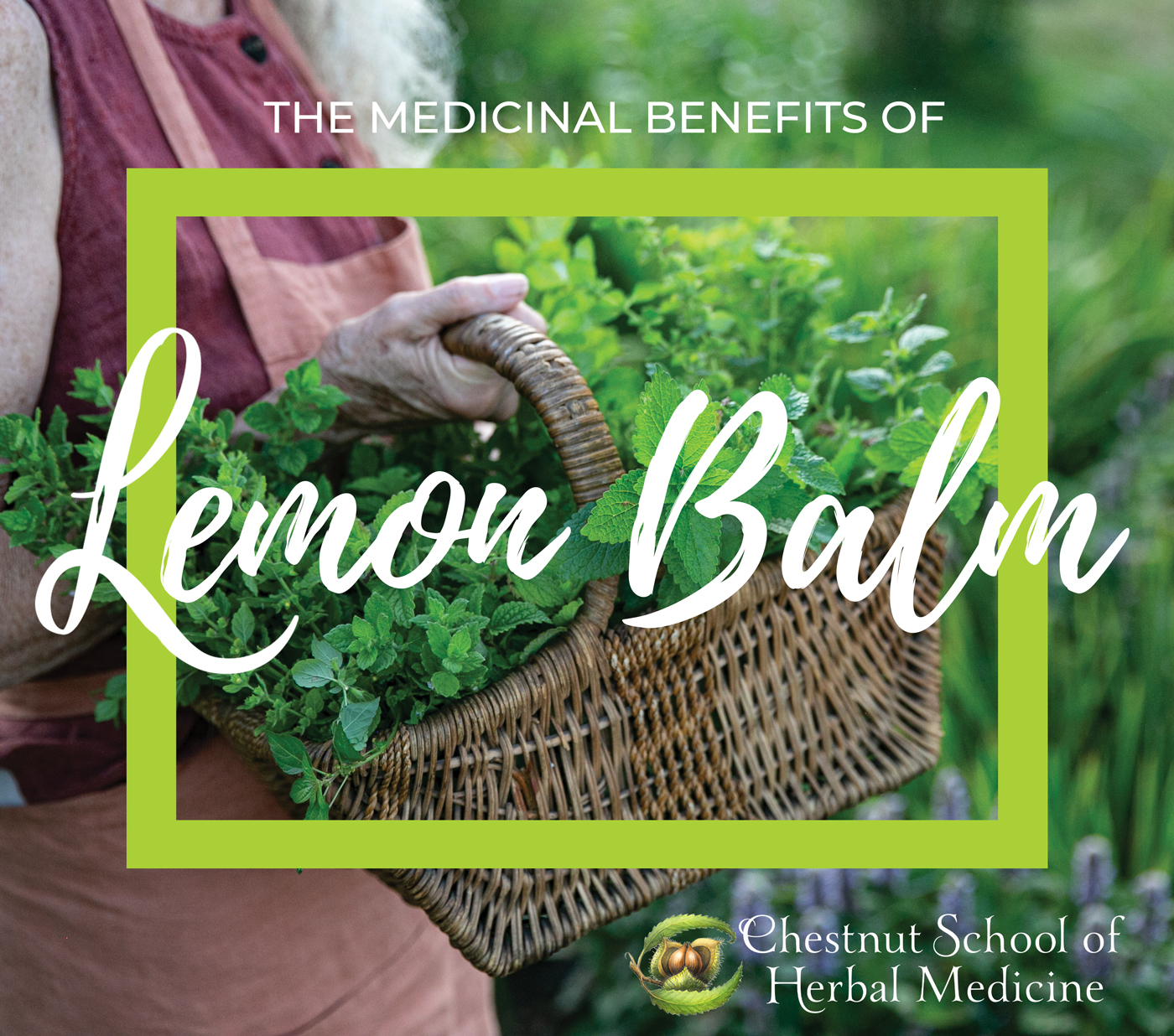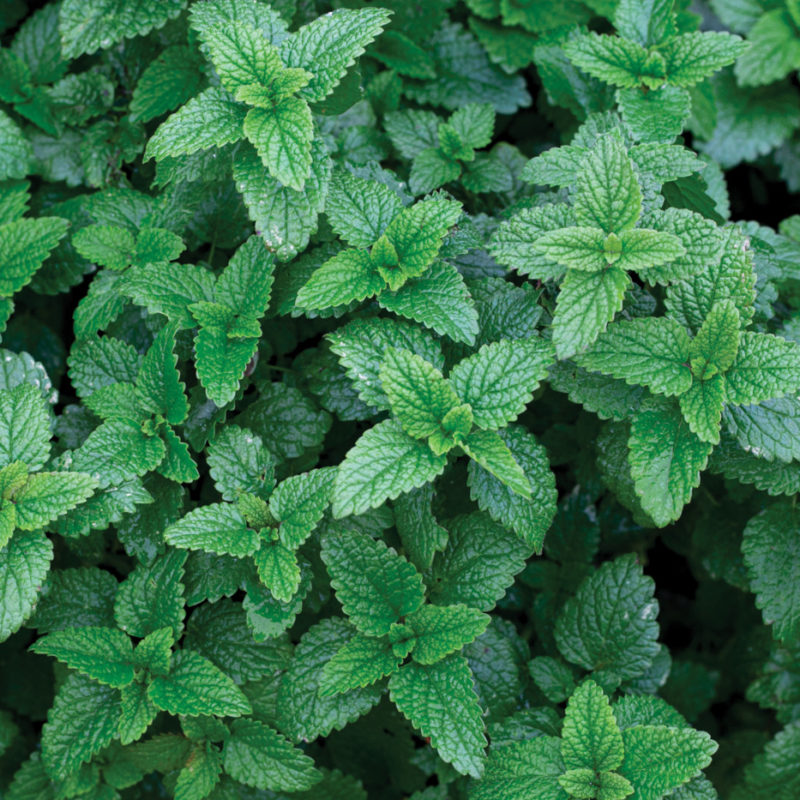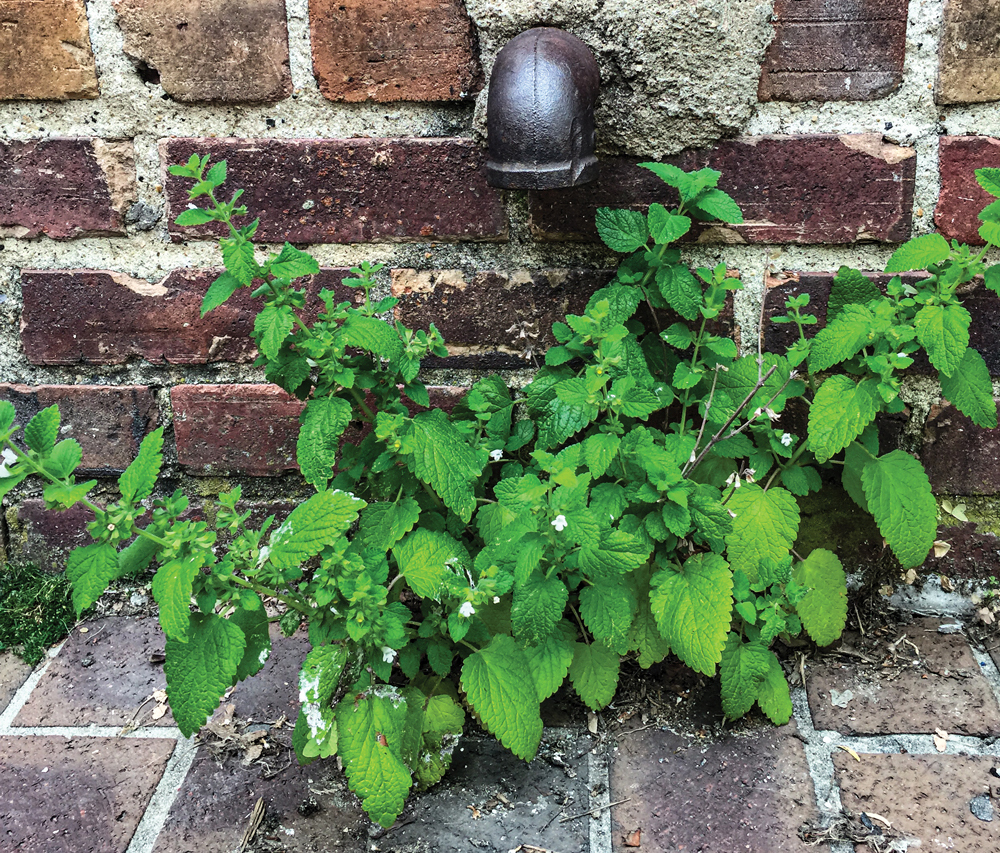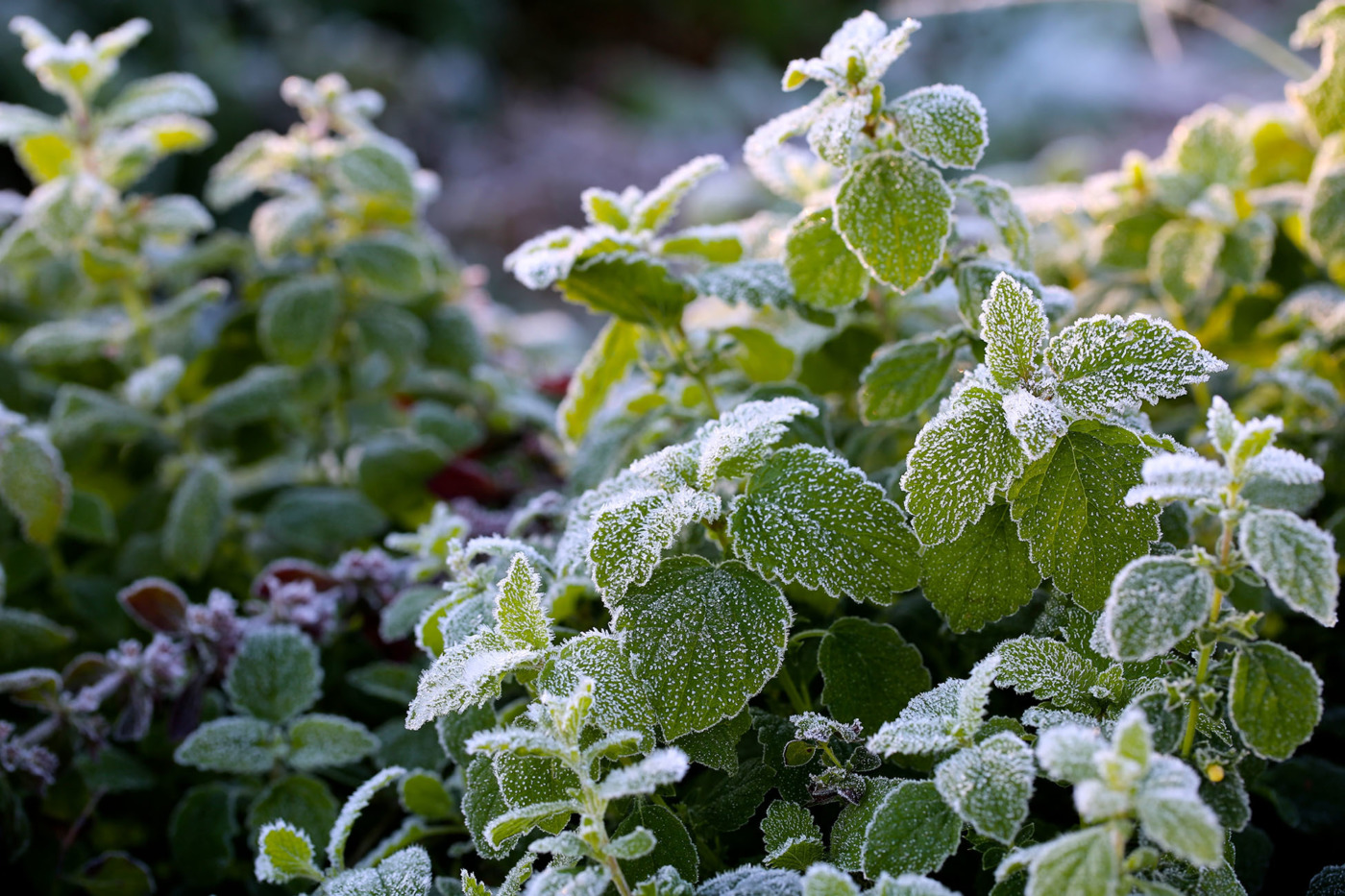The Medicinal Benefits of Lemon Balm
Written and Photographed by Juliet Blankespoor

The following article is a sneak peek excerpt from my debut book, The Healing Garden: Cultivating and Handcrafting Herbal Remedies, a detailed herbal reference, decadent cookbook, and garden manual all in one. This book is written for home gardeners and anyone looking to bring the therapeutic benefits of healing herbs into their garden, kitchen, and apothecary. You can purchase a copy of your own wherever books are sold. You can find more details on the book and its accompanying bonuses here.
With its citrusy aroma and quilted lime-green leaves, lemon balm (Melissa officinalis) brightens our gardens and kitchens alike. This mint family medicinal is known as the “gladdening herb” for the uplifting qualities it brings to the spirit. Children have a particular fondness for its sunny aroma and sour flavor. Bees are equally fond of the herb—so much so that the Greek word for bee, melissa, is another name for the plant.
The origin of the word balm is similarly telling: it is derived from balsam, a plant or application with healing or restorative qualities. Lemon balm has long been thought to impart vitality and bestow longevity. Paracelsus, the Swiss alchemist, called the herb “the elixir of life.”

Medicinal Uses of Lemon Balm
MEDICINAL PREPARATIONS: Infusion, tincture, vinegar, honey, oxymel, infused oil, salve, pesto, finishing salts, compound butter, and condiment
ACTIONS: Nervine, hypnotic, carminative, antiviral, antibacterial, antianxiety, antidepressant, antioxidant, and diaphoretic
ENERGETICS: Cooling and slightly drying
Lemon balm is both soothing and uplifting. Tea is the best form for its nervine qualities, as the herb’s essential oils gently waft over the imbiber from the teacup. It is a gentle sedative, on par with mint (Mentha spp.), linden (Tilia spp.), and chamomile (Matricaria recutita), and safe for children or those with chronic illness. Lemon balm assuages tension headaches, anxiety, insomnia, restlessness, and panic attacks. Combine it with milky oats (Avena sativa), ashwagandha (Withania somnifera), and skullcap (Scutellaria lateriflora) as a tonic herb for stress.
As a carminative, lemon balm soothes intestinal gas and bloating, especially when stress-related. Fennel (Foeniculum vulgare), mint (Mentha spp.), and catnip (Nepeta cataria) are all fine companions for lemon balm in a digestive tea for all ages. When breastfeeding, you can sip on the tea to help calm restless babies and mollify colic: the herb’s healing qualities pass into breast milk.
Lemon balm and lavender (Lavandula angustifolia) play a starring role in the centuries-old herbal toner known as Queen of Hungary’s Water. This garden cosmetic also features rose (Rosa spp.), calendula (Calendula officinalis), rosemary (Salvia rosmarinus), sage (Salvia officinalis), elderflower (Sambucus nigra var. canadensis), and comfrey (Symphytum officinale) infused in a base of vinegar or witch hazel (Hamamelis virginiana) extract. The fragrant elixir is an antioxidant and astringent toner—it is said to have kept the queen looking so sprightly that she attracted the attention of a suitor nearly 50 years her junior.
Precautions: The herb may lower thyroid levels; consult a medical practitioner and use cautiously in hypothyroidism and with thyroid hormone replacement.
How to Grow and Harvest Lemon Balm
ZONES: 4–10; full sun to partial shade
SOIL: pH 5–7.5; fertile soils with good drainage
SIZE: 1–2 feet tall; 1–2 feet wide
LIFESTYLE: Herbaceous perennial
It is scandalous to imagine an herb garden without lemon balm, considering its amicability and medicinal and culinary versatility. Cut back the flowering stems before they set seed or the plant will self-sow and become weedy. Mulch to keep dirt from splashing up on the leaves and spreading soil-borne diseases.
If you live in a hot and humid climate, plant the herb in partial shade, and it will reward you with larger, more luscious leaves. If you live in a cooler region, lemon balm will grow buoyantly in full sun—its leaves may be smaller, but it will be highly aromatic. In the northern reaches of lemon balm’s range, wet soils can kill the plants over the winter. Be sure to create ample drainage to prevent this.
You can obtain several harvests by giving the plants a periodic haircut, leaving 6 inches of growth intact. Be careful not to pile up the harvest, as lemon balm is prone to oxidation and can turn an unsavory brown color. Hang in bundles or dry on screens. Lemon balm doesn’t keep as long as other dried herbs. Let its aroma guide you in determining when your stored lemon balm is no longer potent. For culinary use, such as pesto, the tender new growth in the spring is ideal.

Culinary Uses of Lemon Balm
Lemon balm leaves have a sour and aromatic minty flavor. Like citrus, lemon balm comfortably saddles up to sweet and savory dishes alike. Add the tender fresh leaves to finishing salts, herbal vinegars, compound butters, salsas, and pestos or mince the leaves and add them to fruit salad, jam, cookies, scones, whipped cream, sorbet, or ice cream. In the summertime, add a few sprigs to a pitcher of water or a carafe of white wine and let infuse for one to two hours before enjoying.

Want to learn more about using lemon balm medicinally and growing its green greatness?
You can read more about lemon balm in my book, The Healing Garden: Cultivating and Handcrafting Herbal Remedies! You’ll also find dozens more of my favorite herbal recipes and detailed medicinal, culinary, and cultivation profiles for over 30 beautiful, healing herbs.
You can purchase your copy anywhere books are sold! To learn more about the book (and the exceptional bonuses that come with it), visit The Healing Garden Gateway.
Meet The Green Mastermind Behind Blog Castanea

JULIET BLANKESPOOR is the founder, primary instructor, and Creative Director of the Chestnut School of Herbal Medicine, an online school serving thousands of students from around the globe. She's a professional plant-human matchmaker and bonafide plant geek, with a degree in botany and over 30 years of experience teaching and writing about herbalism, medicine making, and organic herb cultivation. Juliet’s lifelong captivation with medicinal weeds and herb gardening has birthed many botanical enterprises over the decades, including an herbal nursery and a farm-to-apothecary herbal products business.
These days, she channels her botanical obsession through her writing and photography in her online programs, on her personal blog Castanea, and in her new book, The Healing Garden: Cultivating and Handcrafting Herbal Remedies. Juliet and her family reside in a home overrun with houseplants and books in Asheville, North Carolina.
Interested in becoming a contributor?
© Chestnut School of Herbal Medicine and chestnutherbs.com, 2011-2023. Unauthorized use and/or duplication of this material without express and written permission from this site’s author and/or owner is strictly prohibited. Excerpts and links may be used, provided that full and clear credit is given to Chestnut School of Herbal Medicine and chestnutherbs.com with appropriate and specific direction to the original content.
Want to take a deeper dive into medicinal herbs and their uses?
Our 1,000-hour Herbal Immersion Program is the most comprehensive handcrafted online herbal course available, covering botany, foraging, herb cultivation, medicine making, and therapeutics.
The post The Medicinal Benefits of Lemon Balm appeared first on Chestnut School of Herbal Medicine.

Leave a Reply